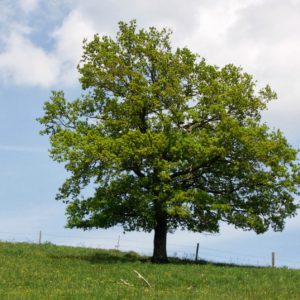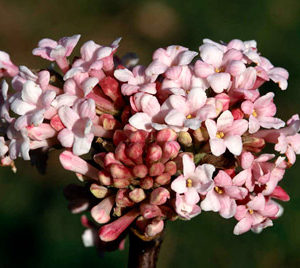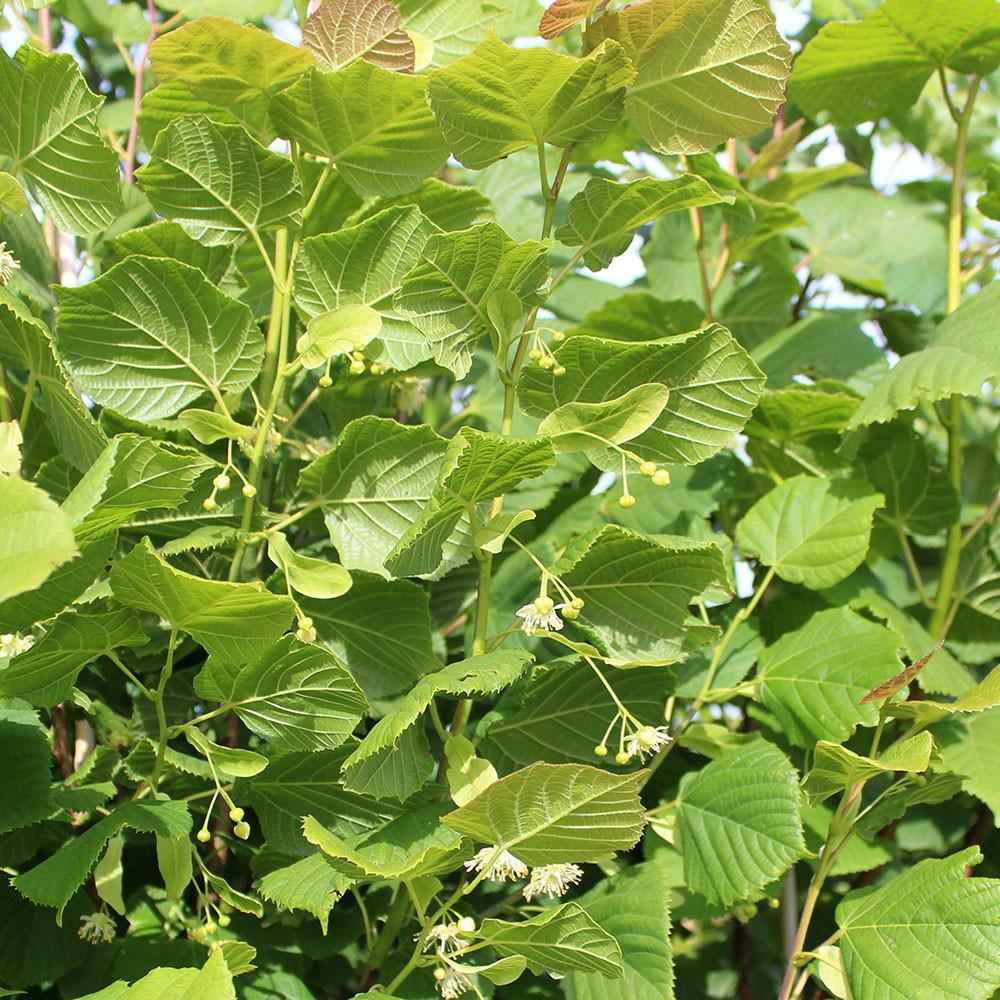Tilia cordata Greenspire / Greenspire Lime
€150.00
SKU: TILA9344
Categories: All Trees, All Trees & Plants, Autumn Interest Trees, Bare-root Trees, Deciduous Trees, Summer Flowering Trees
Tags: bare root, Greenspire, lime tree, medium sized tree, summer flower, Tilia cordata, Tilia Greenspire, upright habit
Frequently Bought Together

+

+

Total: €55.00
Description
Quick Facts
- Common Name: Greenspire Small-Leaved Lime, Greenspire Littleleaf Linden
- Botanical Name: Tilia cordata ‘Greenspire’
- Plant Type: Deciduous tree
- Mature Height: 12-15m
- Mature Spread: 6-8m
- Flowering Period: June to July
- Flower Colour: Pale yellow-green, highly fragrant
- Foliage: Heart-shaped glossy dark green leaves turning golden-yellow in autumn
- Hardiness: RHS H7 (very hardy throughout UK and Ireland)
- Soil Requirements: Moist, well-drained, moderately fertile soil
- Aspect: Full sun to partial shade
- Maintenance: Low
Description
Experience the breathtaking beauty of Tilia cordata ‘Greenspire’, one of the most spectacular and elegant deciduous trees for gardens, where perfectly symmetrical pyramidal form, abundant highly fragrant pale yellow-green flowers, and glossy heart-shaped foliage combine to create stunning displays of architectural presence and seasonal interest that bring weeks of intoxicating summer fragrance and exceptional year-round structure with remarkable uniformity making this perfect for adding formal elegance, avenue plantings, and reliable shade to gardens, driveways, and street plantings where consistent form and manageable size are essential. This exceptional cultivar offers remarkable qualities—perfectly symmetrical upright pyramidal form creating elegant architectural presence without pruning, abundant highly fragrant pale yellow-green flowers in summer filling gardens with sweet honey-like perfume and attracting thousands of bees creating extraordinary wildlife spectacle, glossy heart-shaped dark green foliage creating dense shade and lush canopy, beautiful golden-yellow autumn colour providing seasonal finale, and outstanding uniformity with consistent growth habit making this ideal for formal avenues and paired plantings where symmetry is essential, making this one of the most rewarding and reliable choices for adding formal elegance, summer fragrance, and architectural structure to gardens and landscapes.
Throughout the seasons, this captivating tree displays spectacular multi-season interest—in summer (June-July), the tree produces its most spectacular feature: abundant highly fragrant flowers. The flowers are arranged in drooping clusters (cymes) of 5-10 flowers hanging gracefully beneath the foliage on long stalks. Each individual flower is small (8-10mm across) with five pale yellow-green to greenish-cream petals and prominent stamens creating delicate appearance. The flowers are highly fragrant with intense sweet honey-like perfume that fills entire gardens and can be detected from considerable distance—one of the most powerfully scented trees available. The fragrance is particularly strong on warm sunny days and in evenings. The flowers are extraordinarily attractive to bees—during flowering, the tree becomes alive with thousands of honeybees and bumblebees creating remarkable buzzing sound and exceptional wildlife spectacle. Lime flowers are among the most important nectar sources for bees. The flowering display typically lasts 2-3 weeks in midsummer. Following flowering, small round nutlets develop, though these are not ornamentally significant. The foliage is attractive throughout the growing season—perfectly heart-shaped (cordate) leaves measuring 4-7cm long and 3-6cm wide with finely serrated edges and pointed tips creating refined appearance. The leaves are glossy dark green to deep green on upper surfaces with high gloss creating polished lustrous effect. The undersides are paler green with distinctive tufts of rust-brown hairs in vein axils (characteristic of Tilia cordata). The foliage is densely arranged creating substantial canopy and excellent shade. In autumn (October-November), the leaves turn beautiful golden-yellow to butter-yellow creating warm displays before falling. The growth habit is the cultivar’s defining characteristic—perfectly symmetrical upright pyramidal to narrowly pyramidal form with strong central leader and evenly spaced ascending branches creating formal elegant silhouette. The form is remarkably uniform and consistent—this is one of the most reliably symmetrical trees available. Mature trees typically reach 12-15m tall and 6-8m wide, creating substantial presence while remaining more compact than many lime species. The bark is smooth grey-brown becoming slightly fissured with age. The overall effect is elegant, formal, and abundantly fragrant—like having perfectly sculpted pyramids filling gardens with honey perfume and buzzing with thousands of bees creating spectacular summer displays with year-round architectural presence.
Native to Europe including Britain where Tilia cordata (small-leaved lime) grows wild in ancient woodlands and was once a dominant forest tree, this species has been planted in European gardens, parks, and avenues for centuries. The genus name Tilia is the classical Latin name for lime trees. The species name ‘cordata’ means “heart-shaped,” referring to the leaf shape. Common name “lime” derives from “lind” or “linden,” the old English name. ‘Greenspire’ is an American-bred cultivar selected in the 1960s specifically for exceptional perfectly symmetrical upright pyramidal form creating formal elegance, consistent uniform growth habit ideal for avenues and formal plantings, abundant fragrant flowers providing summer interest, more compact size than species (12-15m vs 20-30m), and excellent urban tolerance and adaptability. This represents one of the finest selections for formal plantings—the symmetry is so reliable that trees in avenues remain perfectly matched without pruning. Hardy to RHS H7, this exceptionally robust tree thrives throughout UK and Ireland with complete reliability, tolerating cold winters (to -20°C), exposed positions, urban pollution, compacted soils, and challenging conditions. Moderate growth rate, adding 30-40cm annually, forming substantial specimens within 10-15 years. Particularly valuable for perfectly symmetrical pyramidal form creating formal architectural presence, abundant highly fragrant flowers filling gardens with honey perfume and attracting thousands of bees, glossy heart-shaped foliage creating dense shade, beautiful golden-yellow autumn colour, and outstanding uniformity ideal for avenues and paired plantings. The reliable symmetry and manageable size make this outstanding for formal gardens and avenue plantings.
Create stunning compositions by planting as avenue trees (space 8-10m apart) flanking driveways, pathways, or streets where the perfectly symmetrical forms create formal elegant corridors, using as specimen trees in lawns or prominent positions where the pyramidal form and summer fragrance create focal points, or positioning in pairs flanking entrances, gates, or features where the matching symmetry creates formal emphasis. Exceptional as street trees and urban plantings where the pollution tolerance, compact size, and uniform habit ensure reliable performance, in formal gardens where the architectural form provides structure and elegance, or as shade trees in gardens and parks where the dense canopy provides cooling shade and the fragrant flowers create summer interest. Works beautifully in traditional estate plantings combined with formal hedging (yew, beech, hornbeam) for classic English garden character, combined with other formal trees (Carpinus betulus ‘Fastigiata’, Quercus robur ‘Fastigiata’) for varied architectural forms, or underplanted with shade-tolerant perennials (hostas, ferns, geraniums, pulmonaria) creating layered interest beneath canopy. Also magnificent combined with spring bulbs (daffodils, crocuses, bluebells) that bloom before canopy fully develops, ornamental grasses (Calamagrostis, Miscanthus, Molinia) for textural contrast, or late summer perennials (Echinacea, Rudbeckia, Sedum) that bloom as lime flowers fade. Perfect for adding formal elegance, summer fragrance, and architectural structure to avenues, specimen plantings, and formal gardens. Excellent for attracting bees and pollinators—one of the most important nectar sources.
Caragh Garden Notebook
Planting: Space trees 8-10m apart for avenue plantings that will develop into formal corridors, or plant singly as specimens allowing full development. Plant bare-root specimens in dormant season (November-March) or container-grown specimens year-round, though autumn (October-November) or spring (March-April) is ideal for best establishment. Choose position in full sun to partial shade—full sun produces most compact growth and most abundant flowering, while partial shade is tolerated with slightly more open habit. Thrives in range of exposures including urban conditions and tolerates pollution, compacted soils, and challenging sites. Dig generous planting hole at least twice width of root ball and same depth. For bare-root trees, dig hole large enough to accommodate roots when fully spread. Incorporate organic matter (well-rotted compost, leaf mould) into backfill soil to improve fertility and moisture retention. Plant at same depth as previously grown (look for soil mark on stem)—do NOT plant too deeply. For bare-root trees, spread roots evenly and ensure graft union (if present) is above soil level. Backfill carefully, firming gently in layers to eliminate air pockets. Water thoroughly after planting. Apply 5-8cm mulch around base in 1m diameter circle, keeping mulch clear of trunk (10cm gap). Stake securely using vertical stake or angled stake for 2-3 years until established—use proper tree ties with spacers. Water regularly during first 2-3 growing seasons, particularly during dry spells. Position where the summer fragrance and elegant form can be appreciated.
Soil Preparation: Prefers moist, well-drained, moderately fertile soil for best growth. Tolerates wide pH range from acidic to alkaline (pH 5.5-8.5)—one of the most adaptable trees. Thrives in wide range of soil types including sandy, loamy, clay, and chalky soils. Tolerates heavy clay soils better than many trees. Requires well-drained soil—avoid waterlogged conditions, though tolerates occasional winter wetness. Thrives in moderately fertile soils—excessively rich soils can cause excessive vigorous growth. Tolerates urban soils, compacted soils, and challenging conditions. Improve heavy clay soils by incorporating organic matter to improve structure. Improve light sandy soils by adding compost to improve moisture retention and fertility. Mulch annually with 5-8cm layer of organic matter around base in 1m diameter circle to conserve moisture, suppress weeds, and improve soil fertility. Keep mulch clear of trunk. Best growth occurs in full sun with moist, well-drained, moderately fertile soil—these conditions produce the most symmetrical form and most abundant fragrant flowers.
Container Growing: Not suitable for long-term container growing—this is a substantial tree requiring in-ground planting. Young specimens can be grown temporarily in very large containers (minimum 80-100cm diameter) for 2-3 years, but permanent in-ground planting is essential for proper development.
Seasonal Care: Low maintenance! Minimal pruning required—the naturally symmetrical pyramidal form develops without intervention. If pruning is necessary, prune in late summer to early autumn (August-September) after flowering—this timing reduces risk of bleeding (lime trees bleed sap profusely if pruned in late winter or spring). Remove any dead, damaged, or crossing branches. Remove any shoots arising from rootstock below graft union. Maintain single central leader for best form—if leader is damaged, train replacement leader. Avoid heavy pruning which ruins natural form. Apply general-purpose balanced fertiliser or blood, fish and bone in spring around base if desired, though established trees typically require no feeding. Mulch annually in spring. Water during prolonged dry spells, particularly during first 5 years of establishment and during summer. Generally pest and disease free with excellent vigour. Occasionally aphids may infest foliage in summer causing honeydew drip (sticky secretions) beneath tree—this is temporary and rarely requires treatment. Watch for lime leaf gall mite causing small red projections on leaves (cosmetic only, no treatment needed). The spectacular fragrant flowers and perfectly symmetrical form are reliably stunning!
Propagation: Not suitable for home propagation—this cultivar is grafted onto Tilia cordata rootstock requiring specialized skills and equipment. Purchase nursery-grown specimens for guaranteed quality and form.
This spectacular beauty is absolutely breathtaking—one of the finest lime trees for formal plantings! That perfectly symmetrical upright pyramidal form is absolutely stunning—elegant architectural presence without pruning! Abundant highly fragrant pale yellow-green flowers in June-July filling gardens with intense sweet honey perfume—intoxicating! Extraordinary bee attraction—tree becomes alive with thousands of bees creating remarkable wildlife spectacle! Glossy heart-shaped dark green foliage creating dense shade and lush canopy. Beautiful golden-yellow autumn colour. Outstanding uniformity—remarkably consistent form ideal for avenues and paired plantings! Mature size 12-15m tall and 6-8m wide—more compact than many limes! Exceptionally hardy (RHS H7)—completely reliable throughout UK and Ireland, tolerating temperatures to -20°C! Moderate growth (30-40cm annually). Tolerates urban pollution, compacted soils, and challenging conditions. Prune in late summer (August-September) if needed—avoid late winter/spring pruning (causes bleeding). Minimal pruning required—naturally symmetrical! Perfect for avenue plantings (space 8-10m apart), specimen trees, paired plantings flanking entrances, street trees, formal gardens, shade trees, and anywhere you want formal elegance with intoxicating summer fragrance. Exceptional for bees—one of the most important nectar sources! Pure formal magnificence and honey-scented elegance!
Related products
-

Skimmia japonica Fragrant Cloud
€45.00 Select options This product has multiple variants. The options may be chosen on the product page -

Quercus robur / Common Oak
€150.00 – €650.00Price range: €150.00 through €650.00 Select options This product has multiple variants. The options may be chosen on the product page -

Viburnum × bodnantense Dawn
€15.00 Select options This product has multiple variants. The options may be chosen on the product page -

Tilia cordata
€150.00 – €900.00Price range: €150.00 through €900.00 Select options This product has multiple variants. The options may be chosen on the product page

